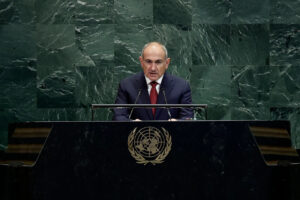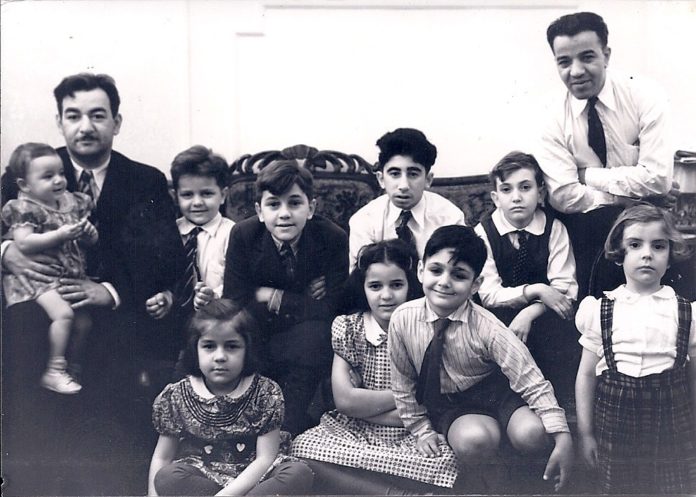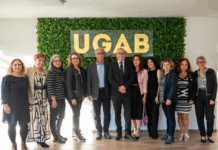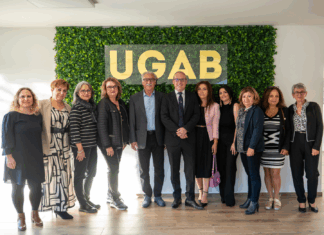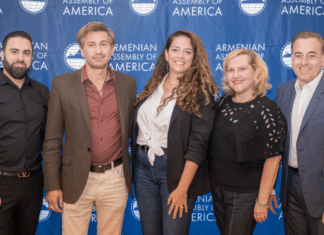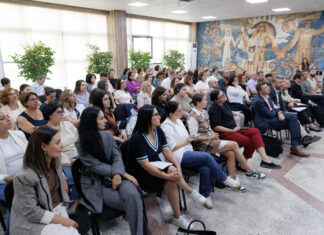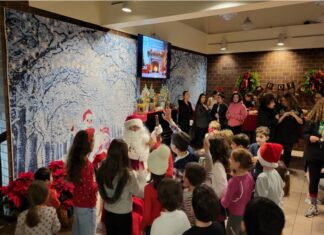By Ruth Bedevian
My Uncle Lud was larger than life. There is no other way to describe my father’s older brother than as a genuinely gifted, good man. He was born to survivors of the Hamidian massacres, Shahpaz and (Haji) Soghome Shahbazian. Lud emerged a beacon in the second-generation of Armenian-Americans who made valuable contributions and noteworthy achievements.
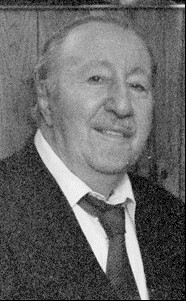
Shahpaz was fond of German names and for whatever reason, he wanted his first-born son to be named Ludwig, quite an unusual name for an Armenian boy born in 1902. Perhaps Shahpaz had a premonition because Lud proved to be unusual – singular – superior – distinctive – extraordinary!
Lud was the pillar of the family in his mother’s eyes. Haji Soghome, the major breadwinner in the family, feared losing her ability to work as she advanced in age and illness. She depended on Lud who was very appreciative of her sacrifices and sensitive to her long suffering.
Haji Soghome had scrimped together a savings of $800. She gave the sum to Khoren, Lud’s older half-brother, to help him make a success of his small elastic braid manufacturing business. There were no other savings left to send Lud to college who so deserved higher education. However, by 1920 Lud had landed a job at the Hudson Dispatch (a newspaper that served Hudson County residents for more than 125 years and folded in the 1980s due to changing times). College would become a fading dream for this 18-year-old whose guardian angel had other plans for him.
A Career Begins to Blossom
